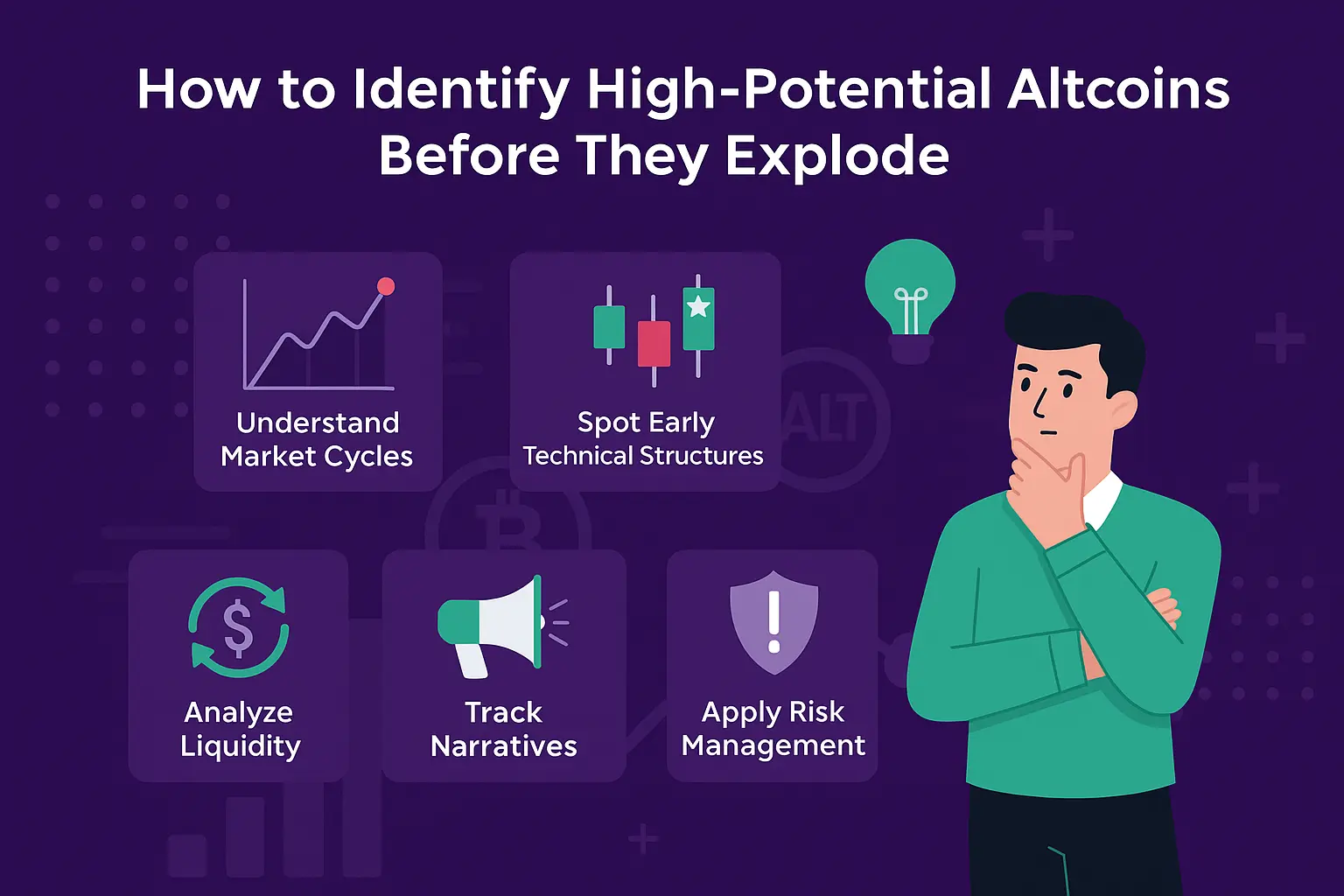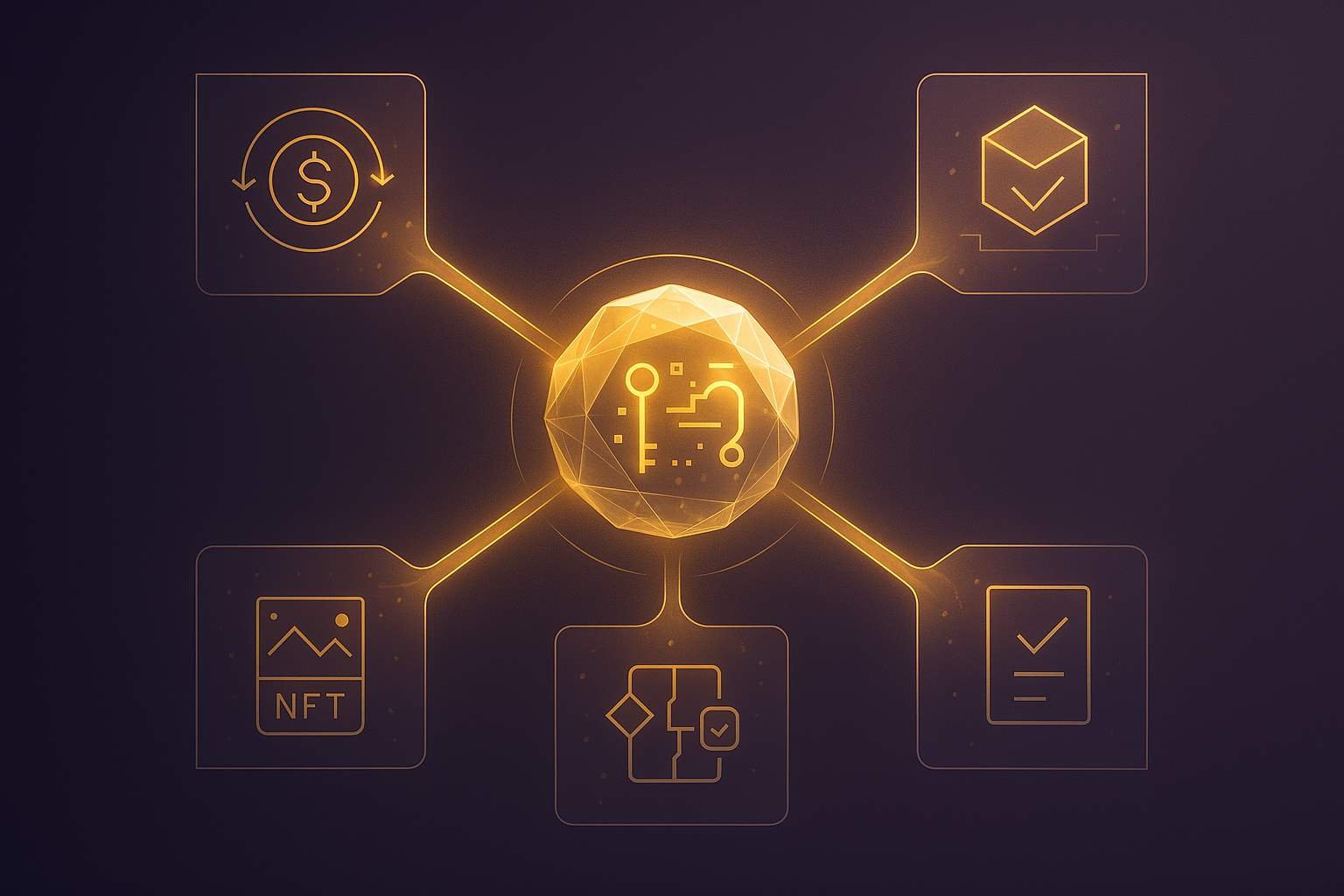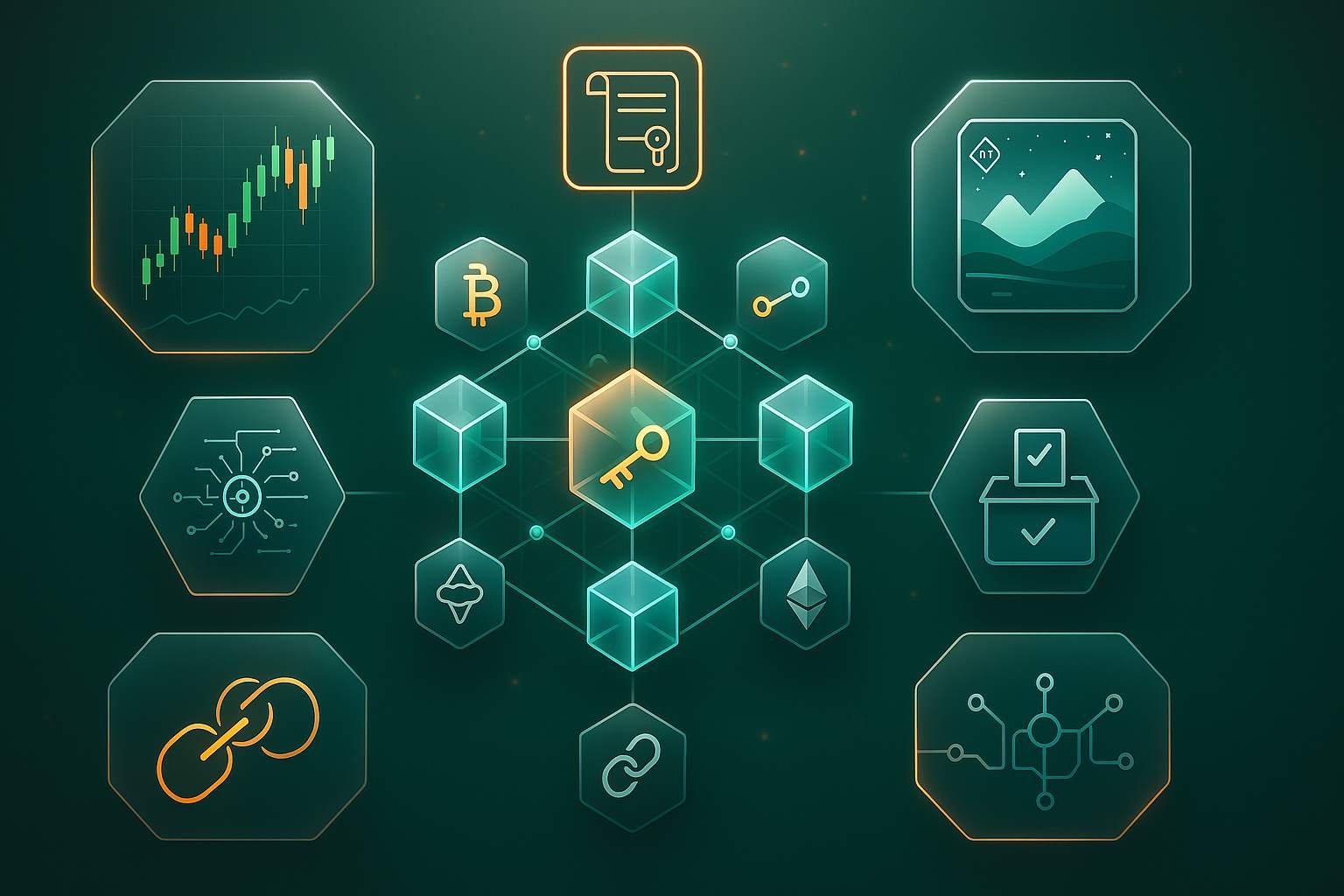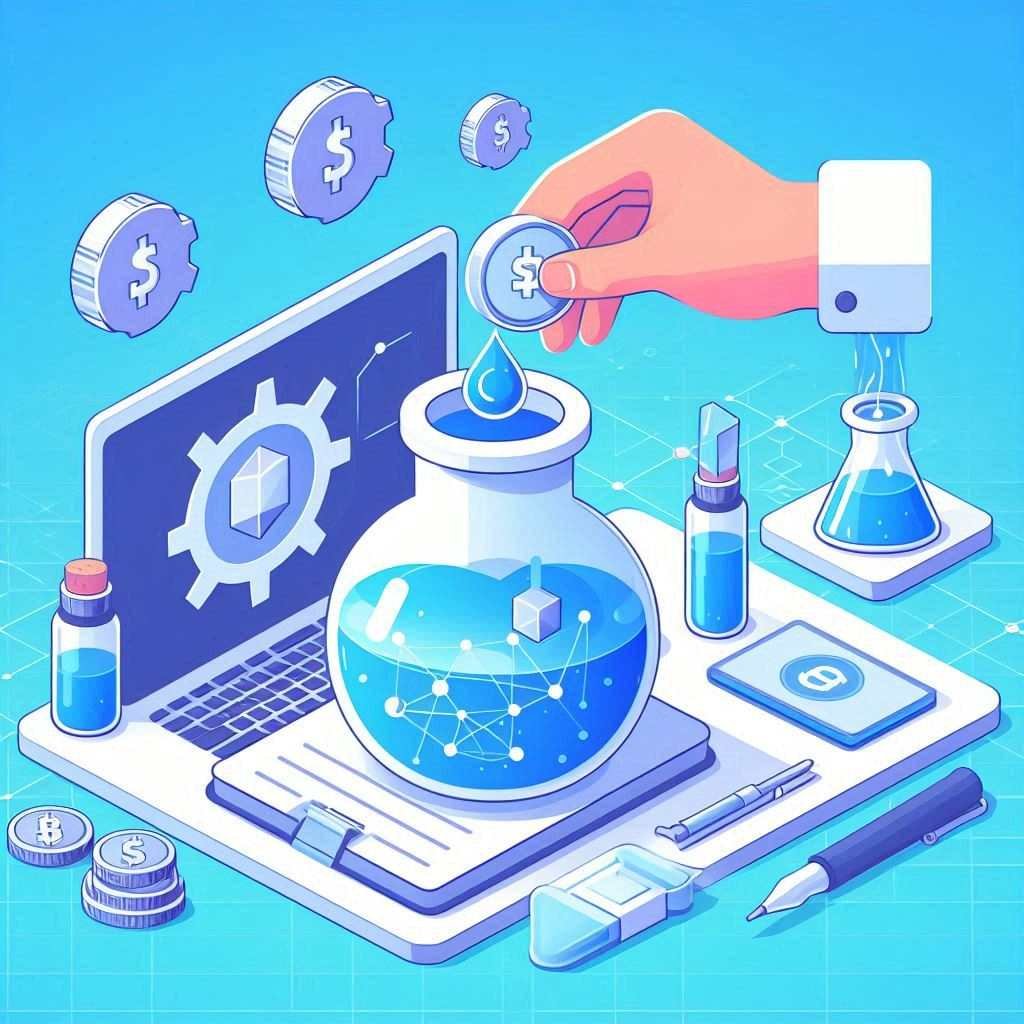Key Takeaways for Understanding Crypto Types
- Cryptocurrencies vary widely, each serving unique purposes based on their design and use cases.
- They enable decentralized, peer-to-peer transactions, offering benefits over traditional financial systems.
- Most cryptocurrencies can be grouped into five main categories: payment tokens, infrastructure tokens, financial tokens, service tokens, and media/entertainment tokens.
A Guide to Cryptocurrency Categories 🎬
The crypto market includes thousands of projects, each with its own technology and functionality. Many blockchain protocols have their own digital tokens, such as metaverse coins for virtual experiences or memecoins that build online communities.
While the crypto space offers endless possibilities, the wide range of blockchain applications can be overwhelming. Cryptocurrencies often go beyond simple payments, providing various decentralized services.
Understanding these categories can help you make better decisions in the Web3 ecosystem. Let’s explore the main types of cryptocurrencies and how they work.
1. Payment Cryptocurrencies 📝
Payment cryptocurrencies are designed for storing and transferring value on a decentralized network, without relying on intermediaries like banks or governments. They aim to offer faster, cheaper, and more secure transactions compared to traditional methods.
These tokens create a framework for recording, transferring, and securing financial transactions globally.
For example, Litecoin (LTC), created by Charlie Lee, is a payment cryptocurrency designed to be a faster, more affordable alternative to Bitcoin (BTC).
Store of Value
Store of Value (SoV) cryptocurrencies are assets meant to hold their value over time, unlike fiat currencies that can lose value due to inflation.
They have several advantages over traditional assets like gold or real estate:
- Portability: Easy to transfer and access globally.
- Low Storage Costs: Cheaper to store than physical assets.
- Fixed Supply: Many, like Bitcoin, have a limited supply, increasing their value over time. Bitcoin, for instance, is capped at 21 million coins, making its scarcity verifiable.
Bitcoin (BTC) is a prime example of an SoV coin, functioning as a peer-to-peer digital cash system for direct payments without intermediaries. Its fixed supply and predictable issuance make it a popular choice for long-term value storage.
Memecoins
Memecoins are inspired by internet memes and pop culture, primarily used as payment tokens. Examples like Dogecoin (DOGE) and Shiba Inu (SHIB) have gained massive followings, even attracting celebrity endorsements.
Often launched as playful experiments, memecoins have limited practical use compared to other cryptos and are seen as a fun contrast to the serious nature of traditional crypto projects. They’re mostly speculative but are also used for tipping online creators and building social media communities.
Stablecoins
Stablecoins aim to track the value of assets like fiat currencies or gold, combining blockchain efficiency with price stability. They’re ideal for cross-border payments and for traders seeking less volatile assets to hold their funds.
There are three main types:
- Fiat-Backed Stablecoins: Pegged 1:1 to a currency like the US Dollar, with issuers holding equivalent reserves. Examples include Tether (USDT), USD Coin (USDC), and Tether Euro (EURT).
- Crypto-Backed Stablecoins: Supported by other cryptocurrencies, often over-collateralized. Examples include MakerDAO’s DAI (backed by three times its value in crypto) and Liquity’s LUSD (backed by ETH).
- Algorithmic Stablecoins: Use smart contracts to adjust supply and maintain price stability, though they can be less reliable.
Stablecoins carry risks, such as issuer insolvency, third-party failures, or technical issues in algorithmic models.
Privacy Coins
Privacy coins focus on enhancing transaction anonymity by hiding details like the sender, receiver, and amount. They use advanced techniques to ensure privacy, making transactions hard to trace on their blockchains.
Each privacy coin has its own approach, but all prioritize greater anonymity than standard cryptocurrencies. Examples include:
- Monero (XMR): Uses ring signatures for user anonymity.
- Zcash (ZEC): A Bitcoin fork offering full anonymity with its “shielded” ledger and Zerocash protocol.
2. Infrastructure Cryptocurrencies 🧭
Infrastructure cryptocurrencies support the technology behind other cryptos, often tied to blockchains with smart contract capabilities. They enable developers to build self-executing agreements for various applications.
These projects focus on creating foundational layers for app development or improving blockchain efficiency through Layer 2 scaling solutions.
Application Development
Smart contracts, introduced by Ethereum, allow anyone to build decentralized applications (dApps). They now power most Web3 apps across major blockchains, offering flexibility and interoperability.
The growth of decentralized finance (DeFi) and decentralized physical infrastructure networks (DePIN) showcases their potential. Examples include:
- Ether (ETH): A platform for dApps, games, and financial services.
- Solana (SOL): A scalable blockchain for fast transactions.
- Avalanche (AVAX): A high-speed Layer 1 for dApps and custom networks.
Scaling
Early blockchains like Ethereum processed transactions on their main network, leading to slow speeds and high fees during peak times. Scaling solutions improve transaction capacity and reduce costs.
Examples of scaling solutions include:
- Optimistic Rollups: Process transactions off-chain, assuming they’re valid unless challenged, boosting Layer 1 efficiency.
- Zk-Rollups: Use zero-knowledge proofs for secure, fast transaction validation.
- Data Availability Services: Reduce network strain to prevent slowdowns.
Communication
As Web3 grows, communication infrastructure becomes critical for connecting blockchains with real-world data and enabling interaction between Layer 1 and Layer 2 networks.
Oracles bridge blockchains with external data, enhancing dApps. They provide data like financial metrics, social media feeds, and real-time crypto prices from centralized exchanges to decentralized platforms like Uniswap. Examples include:
- Chainlink (LINK): Connects blockchains to external data.
- Pyth (PYTH): Delivers real-time market data to financial dApps.
Cross-chain messaging and bridges allow seamless asset and data transfers between blockchains. Examples include:
- Axelar (AXL): Links dApps across blockchains.
- Celer (CELR): Supports cross-chain interoperability for DeFi and NFTs.
- LayerZero (ZRO): Enables omnichain dApp development.
3. Financial Cryptocurrencies 📍
Financial cryptocurrencies provide tools for managing and trading assets in the crypto space, often tied to DeFi protocols. They offer transparent, accessible alternatives to traditional financial services.
Tokens linked to centralized or decentralized exchanges fall into this category, often providing lower fees or governance rights to holders.
Financial Markets
Crypto financial markets blend traditional finance with blockchain, creating decentralized exchanges, lending platforms, and cross-chain transfers.
Decentralized exchanges (DEXs) enable direct trading without order books, using liquidity pools. Platforms like Uniswap (UNI) and Curve (CRV) reward users for providing liquidity, fostering community-driven trading.
Decentralized money markets allow lending and borrowing without intermediaries. Examples like Aave (AAVE) and Compound (COMP) set rewards based on supply and demand, accessible to anyone with internet access.
Bridges connect blockchains, enabling asset transfers (e.g., moving USDC from Ethereum to Arbitrum). Notable bridges include Stargate Finance (STG) and Synapse (SYN).
Asset Management
DeFi makes asset management accessible by using smart contracts to optimize investments. Platforms streamline services, helping users manage assets across multiple protocols.
Examples include:
- DEX Aggregators: Find the best trade prices across DEXs.
- Yield Aggregators: Shift assets between lending protocols for maximum returns.
Structured/Exotic Products
DeFi introduces innovative financial products like liquid staking and Real World Assets (RWAs).
Liquid Staking: Allows users to stake funds while keeping them accessible. For example, Lido Finance (LDO) lets users deposit ETH and receive stETH, which can be used in DeFi while earning staking rewards.
Real World Assets (RWAs): Tokenize traditional assets for blockchain trading, such as real estate, financial contracts, or medical records. Projects like Avalanche (AVAX) and Centrifuge (CFG) lead in RWA tokenization.
4. Service Cryptocurrencies 📚
Service cryptocurrencies offer tools for managing and sharing data on blockchains, enhancing sectors like healthcare and energy with transparency and security.
For example, some enable digital identities linked to real-world records, while others support peer-to-peer energy trading.
Decentralized Physical Infrastructure (DePIN)
DePIN uses blockchain to decentralize infrastructure services like WiFi or data networks. Users can buy devices to provide coverage, earning crypto rewards via smart contracts.
File Storage
Decentralized file storage projects secure data on distributed networks, protecting against centralized server failures. Platforms like Filecoin (FIL) and Storj (STORJ) let users store files or contribute storage space for rewards.
Digital Resource Markets
Web3 projects enable decentralized trading of resources like computing power, energy, and data.
Computing Power: Networks like Akash (AKT) and Render (RENDER) provide access to CPU/GPU power for Web3 apps, AI, or hosting.
Energy: Energy Web (EWT) improves renewable energy distribution by connecting participants and tracking resources transparently.
Data: Projects like The Graph (GRT) and Ocean Protocol (OCEAN) organize and monetize on-chain and external data.
5. Media and Entertainment Cryptocurrencies 🎥
Media and entertainment cryptocurrencies reward users for creating and engaging with content, games, gambling, and social media. For example, Basic Attention Token (BAT) ensures fair value distribution between creators and users.
They also power the metaverse—virtual worlds accessed via VR/AR—and include non-fungible tokens (NFTs) for proving ownership of digital items.
Non-Fungible Tokens (NFTs)
NFTs are best known for digital art, with collections like Bored Ape Yacht Club (BAYC) and CryptoPunks gaining fame. They also represent ownership of items like tickets, certificates, or virtual land. BAYC’s Apecoin (APE) lets holders influence the project’s direction.
Metaverse
The metaverse is a digital space for virtual experiences, similar to the real world. Tokens like Decentraland’s MANA and The Sandbox’s SAND allow users to buy land, interact with content, and participate in governance. Trends include virtual real estate, digital fashion, and social experiences blending gaming and commerce.
Play-to-Earn Gaming
Blockchain gaming lets players earn real-world value through in-game achievements. Platforms like Enjin manage in-game items, reducing fees and fraud. Players can use the same profile across games, thanks to blockchain interoperability.
At CryptoAnalyzes, we’re here to help you navigate the crypto world with confidence. For VIP analysis services, in-depth trading insights, and personalized strategies, visit Cryptoanalyzes. Want to explore more educational content? Check out our CryptoAnalyzes blog for the latest articles.



















